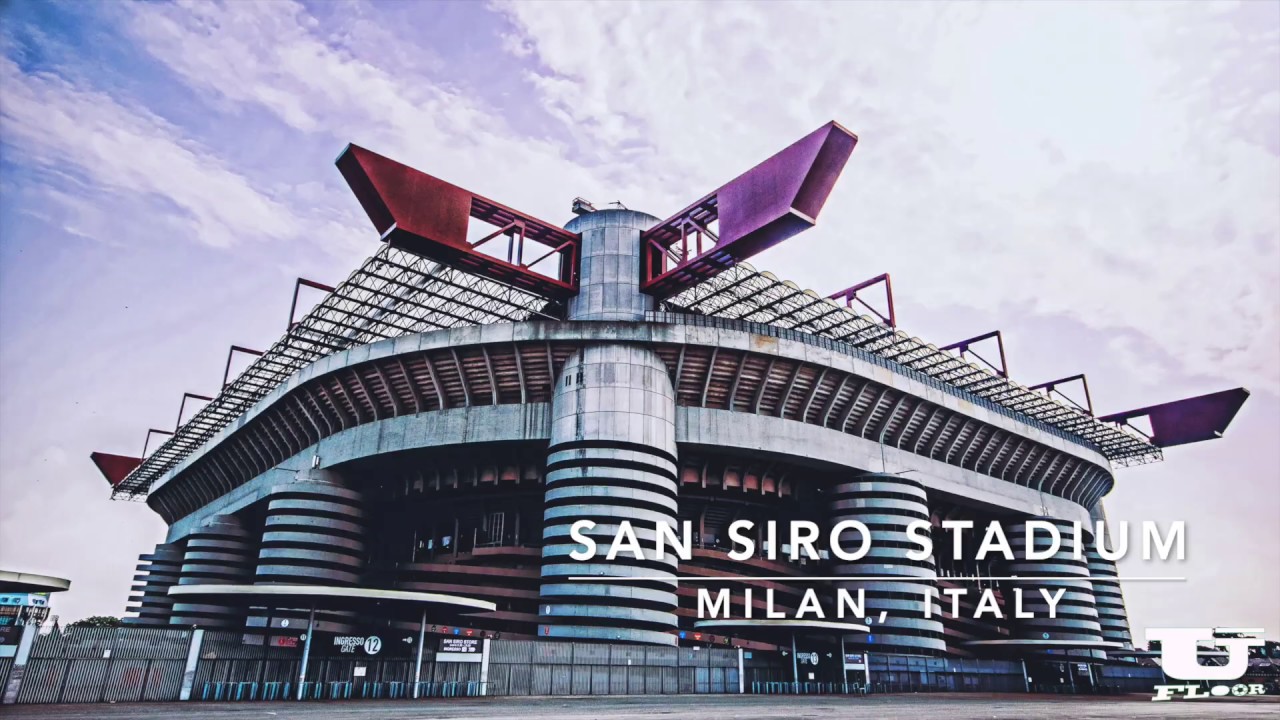According to reports from Gazzetta.it, in an article by Luca Bianchin, the project to build the new San Siro stadium involves demolishing a significant 75-80% of the current structure. This demolition will be carried out using mechanical machinery, avoiding the use of explosives.
Roberto Spagnolo, who coordinated the construction of Atalanta’s new stadium after the partial demolition of their previous ground, explains the process. The first stage, known as “strip out,” involves removing non-concrete elements like glass, barriers, railings, and doors. The second stage is the actual demolition, where massive鉗子 (pinze – clamps/pincers) are used to dismantle the structure. The third stage is crushing the concrete on the ground and separating it from the reinforcing steel.
While Bergamo only demolished the stadium curves, the principle is the same for the San Siro project. Importantly, explosives will not be used for the Meazza demolition.
The demolition will start from the roof and proceed downwards, beginning with the third tier, then the second, and finally the first, creating a large construction site. Spagnolo estimates the demolition of three-quarters of the stadium will take two to four months. He notes that while their Bergamo demolition took only 15 days, San Siro is much larger and the operation is more complex.
An added complexity is the need to preserve part of the existing structure. The Milan and Inter project plans to keep the south-east corner of the stadium, including part of the orange stand and the Curva Sud. This preserved section will be used for events and complemented by a modern building housing shops and museums.
Despite seeming straightforward, the demolition of San Siro presents challenges. Built in the 1920s, chemical analyses are necessary to assess the potential hazards of materials used. Spagnolo mentions the use of chromium and sulphate at the time, requiring separate disposal in specialized landfills. Asbestos may also be present in the roofing, which is removed during the initial “strip out” phase.
Waste disposal is a significant cost factor. Concrete is collected, crushed, and transported, with all materials going to landfills, some to specialized and expensive sites. Spagnolo highlights the difficulty in finding landfills that accept the material due to capacity limits.

